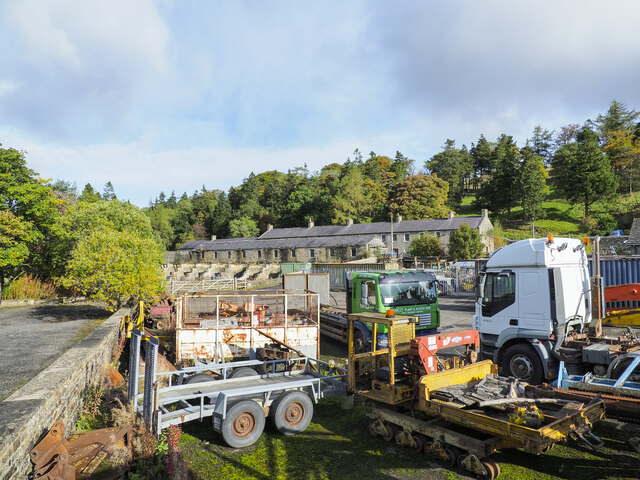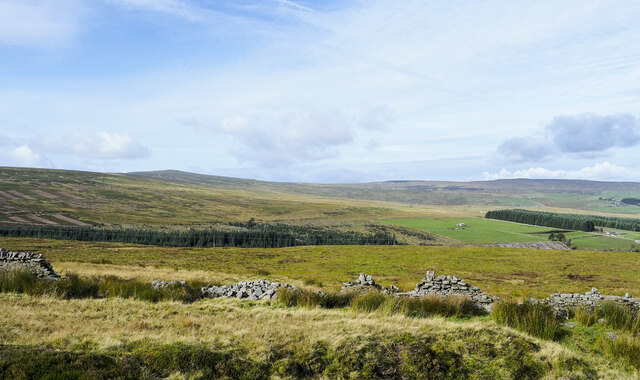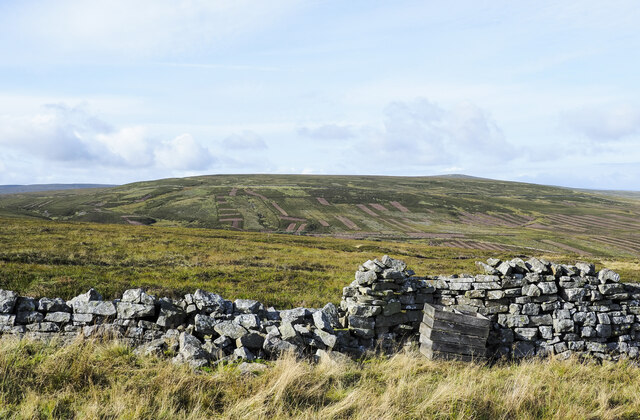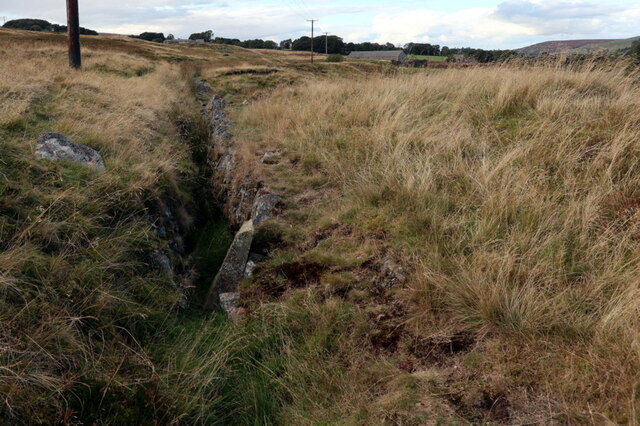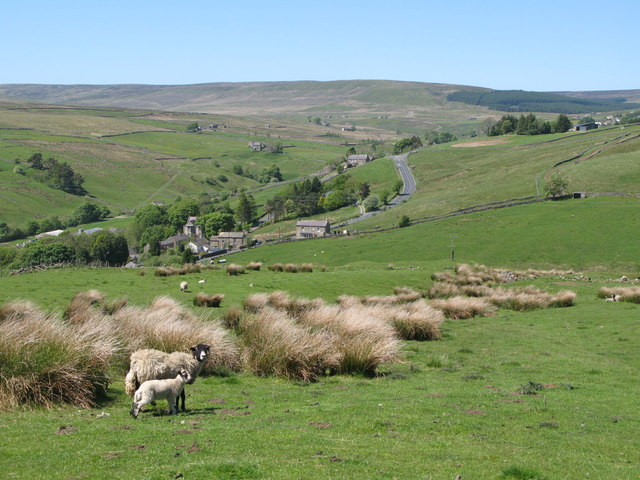Westend Allotment
Downs, Moorland in Northumberland
England
Westend Allotment
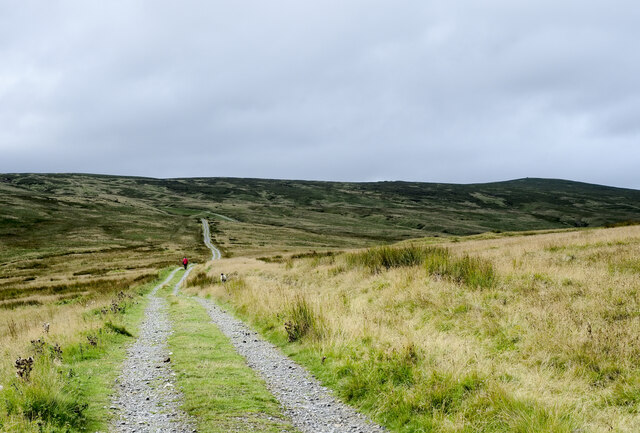
Westend Allotment is a picturesque and well-maintained allotment site located in the county of Northumberland, England. Situated in the midst of the Downs and Moorland area, it offers a serene and idyllic setting for gardening enthusiasts.
Covering a substantial area, Westend Allotment provides ample space for individuals or families to cultivate their own plots. The allotments are divided into well-defined sections, each comprising neatly arranged rows of small plots bordered by well-maintained paths. The site is known for its well-kept grassy areas, which are regularly mowed and provide a pleasant backdrop for the allotments.
The soil in Westend Allotment is renowned for its fertility, allowing gardeners to grow a wide variety of plants and vegetables. The allotment holders take pride in their plots, which are meticulously cared for and often showcase an impressive array of colorful flowers, healthy vegetables, and delicious fruits.
In addition to the individual plots, Westend Allotment also features communal areas for shared projects and activities. These spaces provide an opportunity for members of the community to come together, exchange knowledge and tips, and collaborate on various gardening initiatives.
The site is conveniently located near residential areas, ensuring easy access for allotment holders. Visitors can enjoy the tranquility of the surroundings, taking in the stunning views of the surrounding Downs and Moorland landscape.
Overall, Westend Allotment in Northumberland offers a peaceful and scenic haven for gardening enthusiasts, providing a place where individuals can nurture their green thumbs, connect with nature, and enjoy the beauty of the local countryside.
If you have any feedback on the listing, please let us know in the comments section below.
Westend Allotment Images
Images are sourced within 2km of 54.798403/-2.2344348 or Grid Reference NY8544. Thanks to Geograph Open Source API. All images are credited.
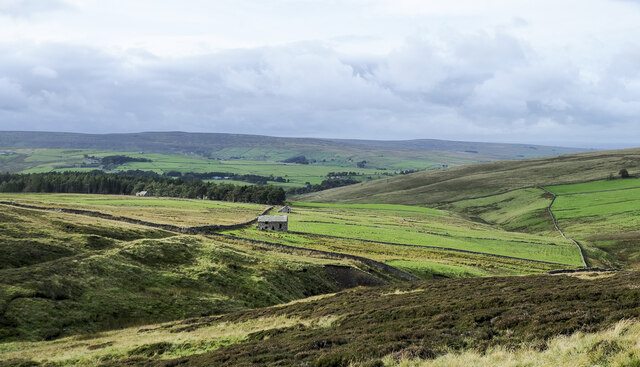
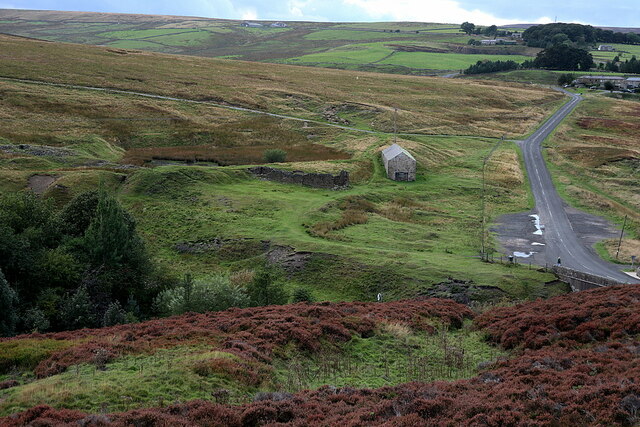
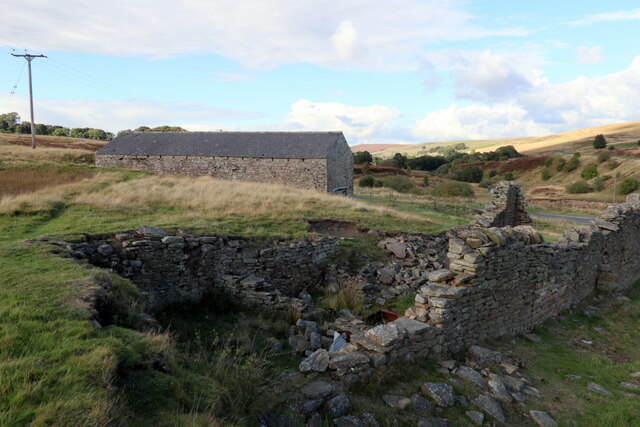
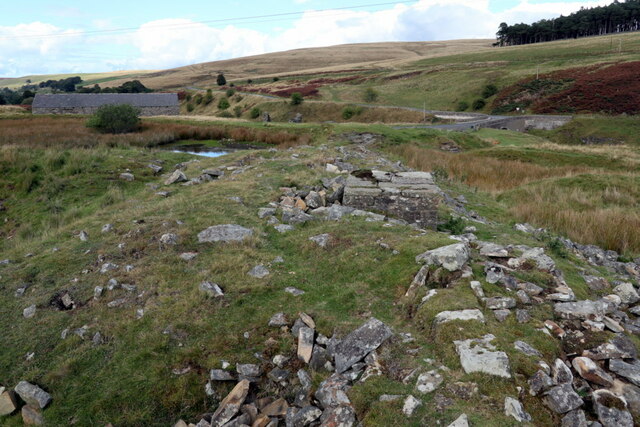
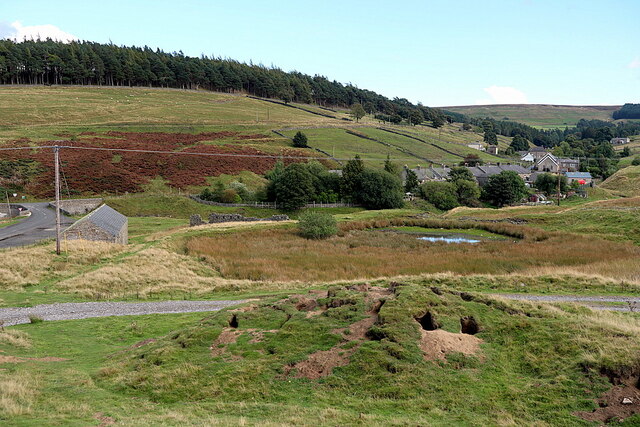
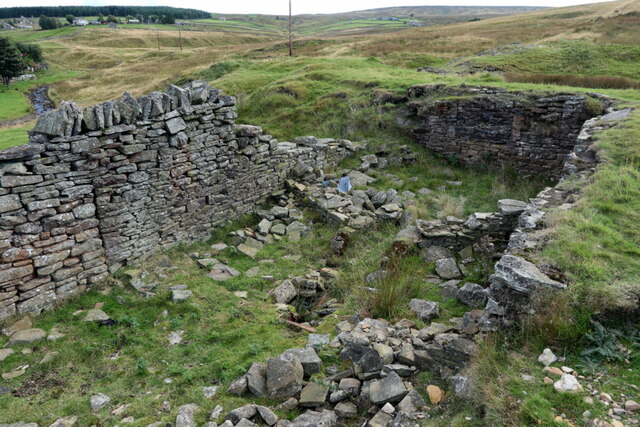
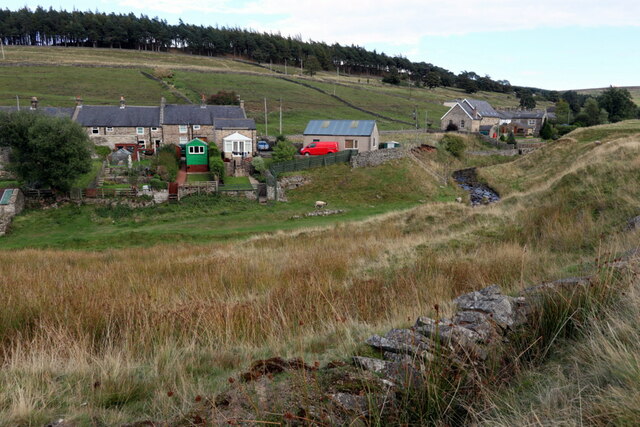
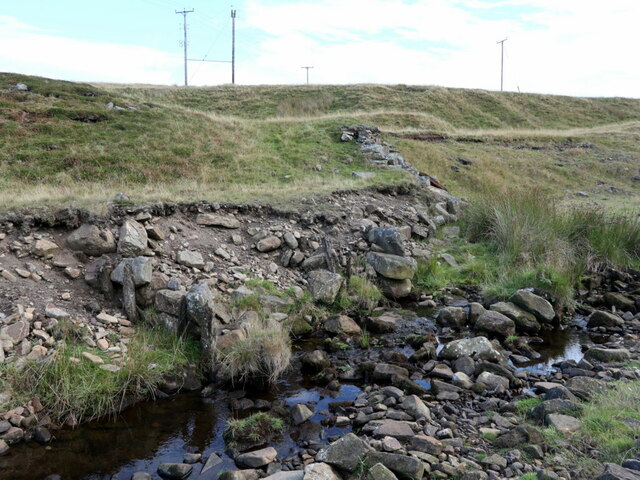
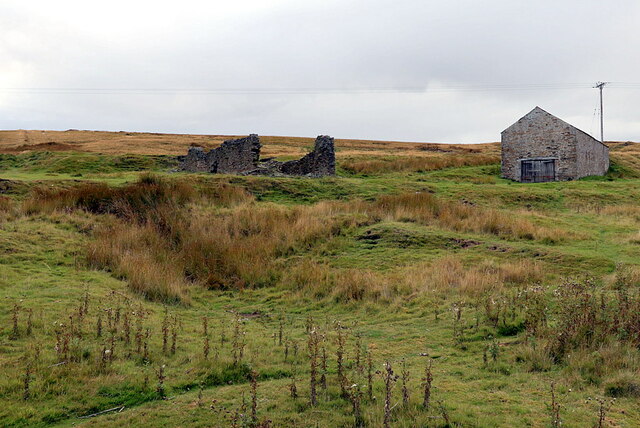
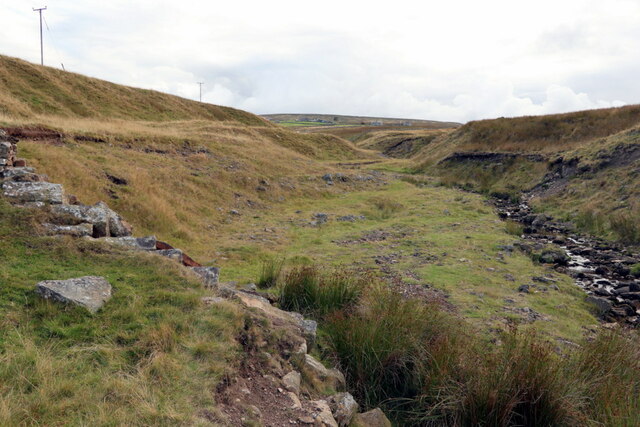
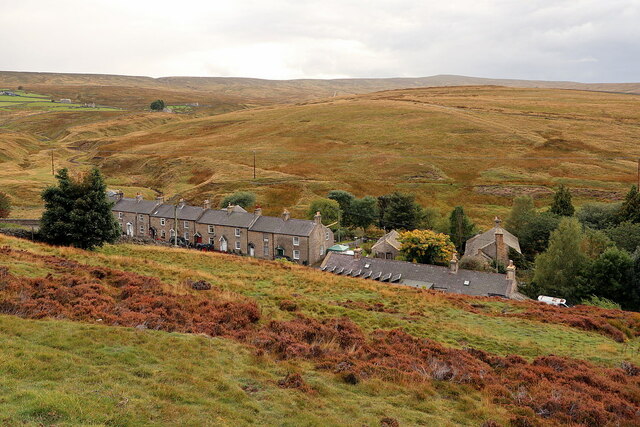
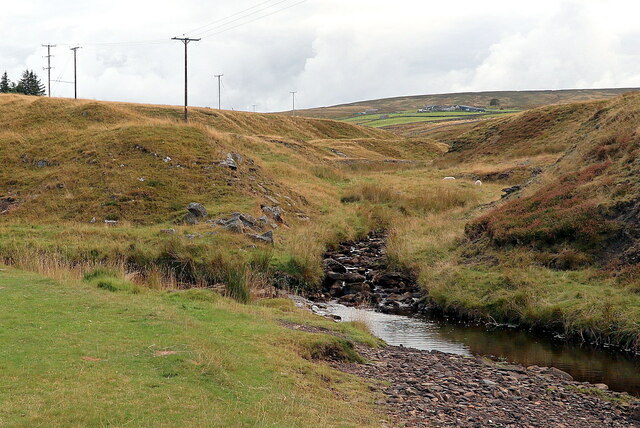
Westend Allotment is located at Grid Ref: NY8544 (Lat: 54.798403, Lng: -2.2344348)
Unitary Authority: Northumberland
Police Authority: Northumbria
What 3 Words
///universes.suffix.burden. Near Alston, Cumbria
Nearby Locations
Related Wikis
Nearby Amenities
Located within 500m of 54.798403,-2.2344348Have you been to Westend Allotment?
Leave your review of Westend Allotment below (or comments, questions and feedback).
